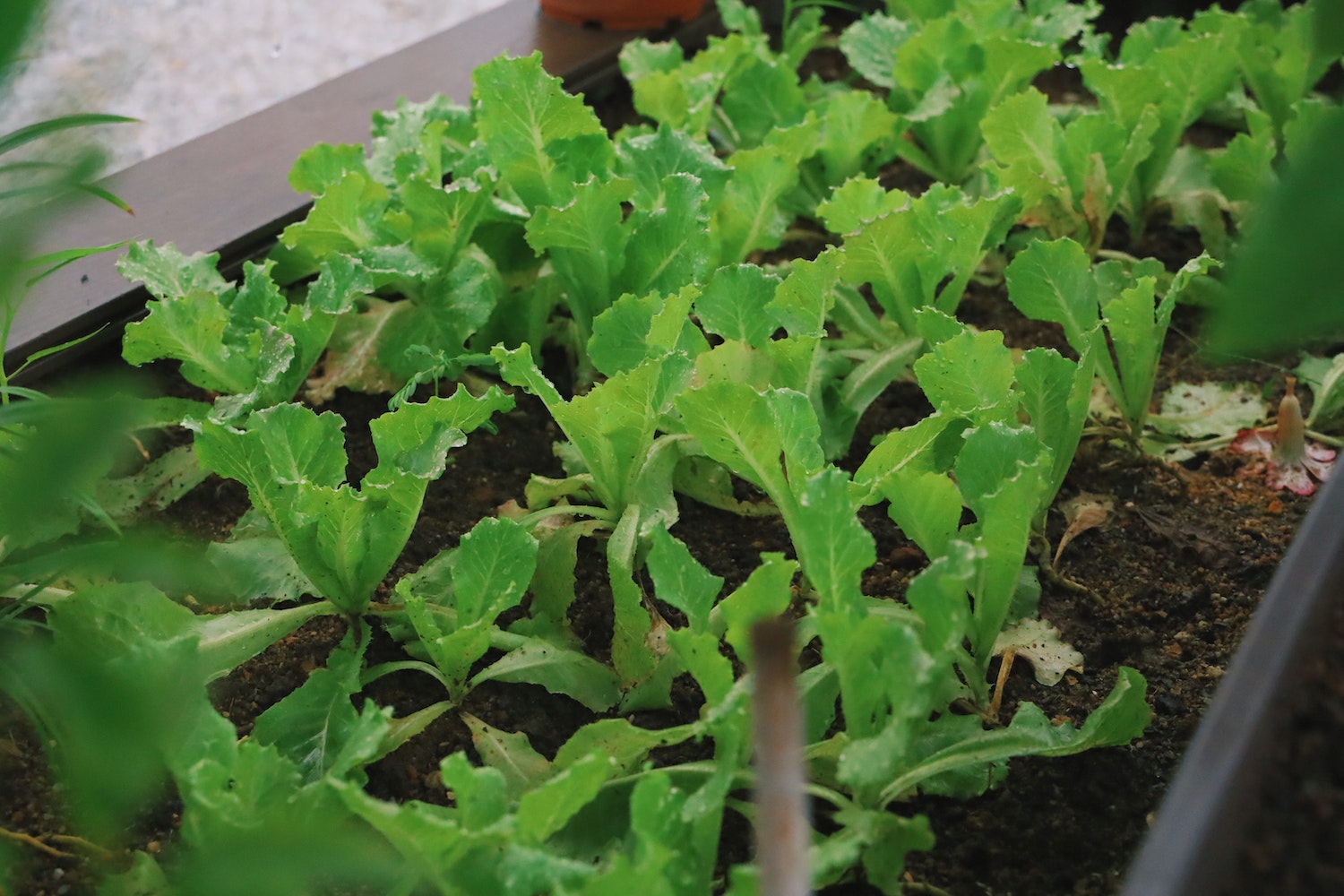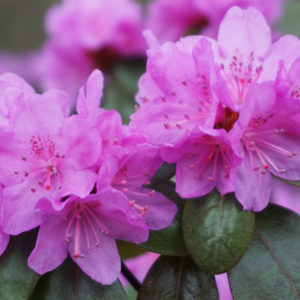Even though late summer and fall bring cooling temperatures and shortening days here in Massachusetts there is still time to sow and harvest a delicious crop of quick maturing vegetables and herbs before winter curtails cultivation. Some crops actually do better in the cooler temperatures of spring and fall, and a few even taste better for having experienced mild frost. With that in mind, here are some suggestions for vegetables to sow now.
Leafy vegetables such as arugula, mustard greens and spinach can be ready to harvest in as little as twenty days. While spinach does not germinate in temperatures over 85℉, its rapid growth time under cooler conditions means it is still possible to experience several harvests before frosts halt growth. Spinach and arugula can be sown in succession to provide continued supply. Mustard greens do require a longer growing time, but can be ready to harvest in forty days.
On a side note, it is possible to manipulate growing conditions somewhat by using grow hoops. These are plastic or metal semi-circular hoops, placed over crops and then covered with horticultural fleece, plastic or shade material, which allows protection from either excessive heat or cold. Depending on the covering used, care should be taken to ensure adequate ventilation and irrigation of the crops in question.
Lettuce is another vegetable that cannot cope with the heat of midsummer, as hot temperatures make it go to seed, which in turn makes the leaves taste bitter. Late summer sowings of varieties that form a head will be ready 45-60 days from planting, but for a quick crop in as little as twenty days, plant mesclun (a mix of lettuce and other quick growing salad greens), which offers the ability to harvest young leaves regularly rather than waiting for a head of leaves to form.
Chinese (napa) cabbage is a similar in that it can take as little as fifty days to reach maturity. A versatile vegetable, it can be used raw in salads or used in stir fries. Another similar vegetable that is ready as quickly as 30 days depending on variety, is bok choy. Use in stir fries, soups or as a braised vegetable.
Radish and beetroot are root vegetables that don’t take long to reach maturity. Radishes, in particular, should be sown in succession as they can be ready for harvest in as little as 25-30 days. Beetroot take longer to be ready for harvesting, but they do offer the advantage of producing edible foliage as well as roots.
It is possible to sow carrots and peas late summer, but both require around 60 days to produce a crop. While peas will not survive beyond the first frost, carrots are not damaged by early air frost, and can often be stored in the ground until the risk of the ground freezing hard.
Kohlrabi is an unusual vegetable, which is surprisingly versatile. It has a turnip-like root, which can be cooked like a turnip, or grated raw and added to salads, while its leaves can be used as you would kale. Despite looking like a turnip, it is in fact a member of the cabbage family. In complete contrast, broccoli raab looks like broccoli, but in fact related to turnips. With its peppery-flavored mini “broccoli” heads it is harvested on a cut and come again basis.
Where members of the cabbage family are concerned, kale can be sown now for harvest later in the fall. Kale can be ready to harvest in as little as 21 days if you plan to pick young kale leaves, while if you wish to harvest full heads, it will take nearer to sixty days. This member of
the cabbage family can tolerate some frost, and its flavor, along with that of Brussel sprouts, is actually improved with some exposure to frost.
There are also several herbs that do better in cooler temperatures. These include basil, cilantro, dill and parsley. At this time of year they can be sown outdoors – once colder temperatures arrive, cultivation can be continued indoors either on a sunny windowsill or by using grow lights. Perennial herbs such as chives often perk up in fall, especially if they have been allowed to flower in summer, while thyme and oregano will have enjoyed the heat that summer brought. Rosemary too is another herb that likes hot, dry conditions, but does not survive New England winters, so should either be treated as an annual, or brought indoors for the winter.
And finally, garlic can also be planted now for harvesting next summer. Planting now allows the cloves to establish a good root system, which in turn means it is ready to immediately take advantage of warming temperatures once spring comes.
Sources:
Botanical Interests Seeds
West Virginia University Extension School – https://extension.wvu.edu/lawn-gardening-








